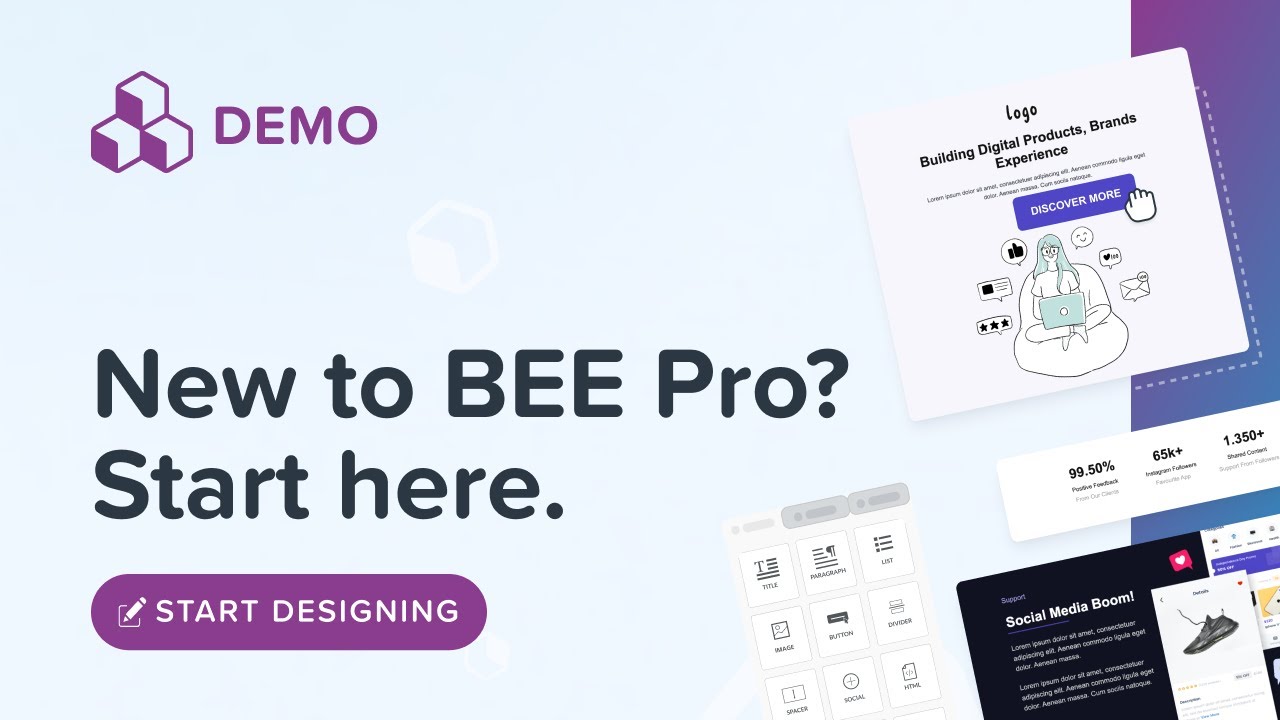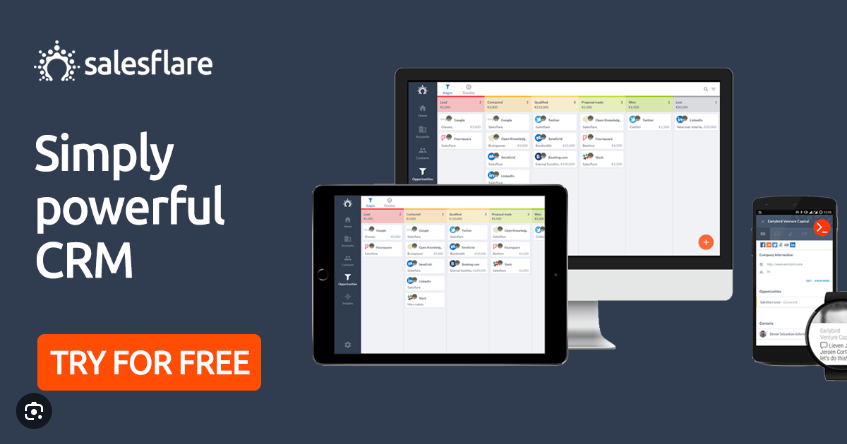
Introduction
Starting a Successful Online Business: Welcome to the realm of boundless opportunities! Have you ever dreamed of creating your own empire from the comfort of your home? Brace yourself for the extraordinary potential of starting a successful online business. Picture a world where geographical limitations vanish, customer reach expands exponentially, and profits soar to new heights. Get ready to seize the moment and embark on an exhilarating journey to entrepreneurial success in the digital landscape. Let’s unveil the limitless possibilities that await you!
Proper planning and strategy are the pillars of success, Starting a Successful Online Business towards sustainable growth and profitability.
Tip 1: Identify and Starting a Successful Online Business that is Profitable
When it comes to brainstorming and validating business ideas, there are effective methods to ensure you’re on the right track. Start by identifying your passions, interests, and skills. Conduct market research to assess demand and competition. Seek feedback from potential customers, leverage online surveys or focus groups, and analyze industry trends. By combining creativity, research, and validation, you’ll uncover the most promising ideas to pursue.
Here are 5 ideas:
- E-Commerce Niche Store
- Online Consulting Services
- Digital Content Creation
- Virtual Fitness and Wellness
- Online Learning Platforms
Tip 2: Conduct Thorough Market Research
Understanding the target market and competitors is vital for Starting a Successful Online Business. It allows you to tailor your offerings to meet customer needs, differentiate from competitors, identify market gaps, develop effective marketing strategies, and deliver exceptional customer experiences. It’s the foundation for growth, relevance, and staying ahead in a competitive landscape.
Here’s a list of tools and techniques for conducting effective market research:
- Online Surveys: Platforms like SurveyMonkey, Google Forms, or Typeform enable you to create and distribute surveys to gather valuable insights from your target audience.
- Social Media Listening: Utilize tools like Hootsuite, Brandwatch, or Sprout Social to monitor and analyze conversations and trends relevant to your industry on social media platforms.
- Keyword Research: Tools like Google Keyword Planner, Moz Keyword Explorer, or Ahrefs help you understand popular search terms and optimize your online content accordingly.
- Web Analytics: Utilize tools like Google Analytics or Adobe Analytics to analyze website traffic, user behavior, conversions, and demographic data.
- Trend Analysis: Stay updated on industry trends through resources like industry publications, trend reports, news aggregators, and social listening tools.
Tip 3: Develop a Solid Business Plan
A comprehensive business plan consists of key components like a clear mission statement defining the purpose of the business, a compelling vision outlining the desired future state, and well-defined goals that serve as measurable targets to guide the business towards success and growth.
Here are some guidelines to help you craft a comprehensive and realistic business plan:
- Executive Summary: Summarize the key elements of your business plan
- Company Description: Provide an overview of your business
- Market Analysis: Conduct thorough research on your target market
- Products/Services: Describe your offerings in detail
- Marketing and Sales Strategy: Outline your marketing and sales approach
- Operational Plan: Detail the day-to-day operations of your business.
Tip 4: Create a Compelling Brand Identity
When starting a successful online business, building a strong brand is crucial. Craft a compelling logo that embodies your brand’s identity. Choose colors strategically to evoke desired emotions. Develop consistent messaging that effectively communicates your brand’s values, personality, and unique value proposition to captivate your target audience.
- Define Your Brand: Clearly articulate your brand’s mission
- Develop a Memorable Logo: Design a visually appealing and distinctive logo that represents your brand’s personality and values.
- Choose Brand Colors Wisely: Select a color palette that aligns with your brand’s personality and evokes the desired emotions.
- Craft a Compelling Tagline: Create a concise and memorable tagline that encapsulates your brand’s essence and resonates with your target audience.
- Consistent Brand Messaging: Develop a clear and consistent tone of voice that reflects your brand’s personality.
- Brand Guidelines: Create comprehensive brand guidelines that outline logo usage, color specifications, typography, and tone of voice.
- Be Authentic and Genuine: Build trust and credibility by staying true to your brand values and delivering on your promises.
- Consistency Across Channels: Maintain a consistent brand presence across all online channels, including your website, social media profiles, email marketing, and customer communications.
- Engage Your Audience: Actively engage with your audience through social media, content marketing, and customer support.
- Evolve and Adapt: Regularly evaluate and refine your brand identity as your business grows. Stay attuned to market trends, customer feedback, and evolving industry landscapes.
Tip 5: Build a User-Friendly and Visually Appealing Website
An intuitive website design and navigation are critical for starting a successful online business. They ensure a seamless user experience, easy access to information, and smooth navigation. A user-friendly interface builds trust, encourages engagement, and enhances conversion rates, driving andStarting a Successful Online Business.
WordPress:
A popular content management system (CMS) that offers customizable templates and a range of plugins for building and managing websites is WordPress. It empowers online entrepreneurs with user-friendly tools, allowing them to create engaging and visually appealing websites without extensive coding knowledge. Its versatility and vast community support make it an ideal choice for starting a successful online business.
Wix:
Wix is another user-friendly website builder with drag-and-drop functionality, offering a variety of templates and customization options. It caters to both beginners and experienced users, enabling seamless website creation without technical expertise. Wix’s intuitive interface and robust features, such as e-commerce integration and SEO tools, make it a compelling choice for entrepreneurs seeking a hassle-free way to establish their online presence.
Squarespace:
Squarespace is a platform known for its sleek and visually appealing templates, ideal for businesses seeking a modern and professional website. With its intuitive drag-and-drop interface and responsive designs, entrepreneurs can effortlessly create captivating web pages. Squarespace’s integrated e-commerce features and analytics tools further enhance the user experience, making it an attractive option for those aiming to establish a polished online presence and drive business growth.
Shopify:
Shopify is an e-commerce platform specifically designed for starting a successful online business, offering a wide array of tools for creating and managing online stores. With its user-friendly interface and extensive app ecosystem, entrepreneurs can seamlessly set up and customize their e-commerce sites. Shopify’s secure payment gateways, shipping solutions, and marketing features provide a comprehensive suite of resources to help businesses thrive in the competitive online market.
Weebly:
Weebly is a user-friendly website builder that offers a simple and intuitive interface, catering to both personal and business websites. Its drag-and-drop functionality empowers users to effortlessly create visually appealing web pages without technical expertise. Weebly’s responsive templates and mobile optimization ensure a seamless browsing experience across various devices, making it a reliable choice for individuals and entrepreneurs seeking an easy-to-use platform for building their online presence.
GoDaddy Website Builder:
GoDaddy provides a simple and affordable solution for creating professional websites, offering a variety of templates and customization options.
Joomla:
Joomla is a flexible CMS that allows for advanced website development and customization, making it an excellent choice for businesses with specific needs and requirements. With a large community of developers and extensions, Joomla offers a wide range of functionalities, empowering users to create highly tailored websites and web applications. Its scalability and robust features make it a compelling option for enterprises and organizations looking to build sophisticated online platforms.
In addition to the well-known website companies mentioned earlier, you can also consider Dashing Web Designs as a reliable website design agency for your business. They specialize in creating custom websites tailored to your specific needs, providing professional design and development services to help your online business thrive in Starting a Successful Online Business.
Tip 6: Implement Effective Digital Marketing Strategies
Digital marketing encompasses various channels that can propel in Starting a Successful Online Business. SEO improves organic visibility, while social media platforms amplify brand reach and engagement. Content marketing establishes authority and drives audience engagement. Leveraging these channels strategically enhances your online presence and drives business growth.
Here are some tips on leveraging SEO, social media, and content marketing to drive traffic and attract customers:
SEO:
- Conduct keyword research to optimize your website content.
- Optimize on-page elements such as titles, meta descriptions, and headers.
- Build high-quality backlinks from reputable websites.
- Regularly update and create fresh, valuable content to improve search engine rankings.
- Optimize your website for mobile devices to enhance user experience.
Social Media:
- Identify the social media platforms where your target audience is most active.
- Create compelling and shareable content to engage your audience.
- Utilize relevant hashtags to expand reach and visibility.
- Encourage user-generated content and foster community engagement.
- Leverage social media advertising to target specific demographics and interests.
Content Marketing:
- Develop a content strategy aligned with your target audience’s interests and pain points.
- Create valuable, informative, and engaging content (e.g., blog posts, videos, infographics).
- Promote your content through social media, email marketing, and relevant online communities.
- Optimize your content for SEO with relevant keywords and meta tags.
- Guest post on industry-related websites to expand your reach and build credibility.
User Experience:
- Ensure your website is visually appealing, easy to navigate, and mobile-friendly.
- Optimize page load speed to reduce bounce rates.
- Implement clear calls-to-action (CTAs) to guide users towards desired actions.
- Personalize user experiences by offering tailored recommendations or targeted content.
- Gather and respond to user feedback to continuously improve your website and offerings.
Tip 7: Leverage Online Advertising Platforms
Some popular online advertising platforms that can be beneficial for starting a successful online business.
- Google Ads (formerly Google AdWords)
- Search Ads: Text-based ads that appear on Google’s search results when users search for specific keywords related to your business.
- Display Ads: Visual banner ads that appear on websites
- Video Ads: Ads displayed on YouTube and other video partner sites.
- Shopping Ads: Product-based ads that appear in Google’s Shopping tab
- App Ads: Promoting mobile apps across various Google platforms.
- Social Media Ads
- Facebook Ads
- Instagram Ads
- Twitter Ads
- LinkedIn Ads
- Pinterest Ads
Insights on creating targeted campaigns and optimizing ad spend.
- Define Your Audience
- Use Audience Segmentation
- Keyword Research
- Leverage Remarketing
- A/B Testing
Optimizing Ad Spend:
- Set Clear Goals
- Monitor Performance
- Ad Schedule Optimization
- Geo-Targeting
- Ad Placement
- Bid Management
- Budget Allocation
- Landing Page Optimization
Tip 8: Provide Excellent Customer Service
Delivering Excellent Customer Service is the cornerstone of a thriving business. Satisfied customers not only contribute to immediate sales but also foster long-term loyalty, leading to repeat business and positive word-of-mouth. Let’s explore five essential traits to ensure customer satisfaction and foster lasting customer loyalty.
Five Important Traits to Customer Satisfaction and Loyalty:
- Empathy: Show genuine understanding and concern for customers
- Responsiveness: Respond promptly to customer inquiries, complaints, and feedback.
- Personalization: Tailor interactions to individual customers, acknowledging their preferences and past interactions.
- Consistency: Deliver a consistent level of service across all touchpoints, from online channels to in-person interactions.
- Proactive Communication: Anticipate customer needs and reach out to offer assistance or updates.
Tip 9: Scale in Starting a Successful Online Business and Manage Growth
As you, Starting a Successful Online Business online business gains momentum, scaling becomes imperative to meet increasing demands and secure long-term success. Effectively managing growth involves strategic planning and execution. Let’s explore five essential strategies to scale your online business, from expanding operations to managing the overall growth process.
- Streamlined Operations: Automate repetitive tasks, implement efficient systems, and optimize workflows to handle growing volumes while maintaining productivity and reducing operational costs.
- Diversified Offerings: Expand your product or service range to cater to a broader audience and attract new customer segments. Research market trends and customer preferences to identify relevant additions.
- Scalable Technology: Invest in robust, scalable technology infrastructure to accommodate increased website traffic, order volumes, and data management without compromising performance or security.
- Strategic Partnerships: Collaborate with complementary businesses, influencers, or affiliates to leverage their audience and reach.
- Customer-Centric Approach: Prioritize customer satisfaction and actively seek feedback to identify areas for improvement.
Tip 10: Stay Updated and Continuously Learn
When Starting a Successful Online Business landscape, staying updated and continuously learning is vital for sustained success. Let’s explore three effective ways to embrace the dynamic nature of online business and keep growing.
Three Ways to Emphasize the Dynamic of Starting a Successful Online Business Landscape:
- Continuous Research: Regularly conduct market research to identify emerging trends, customer behaviors, and technological advancements that impact your industry. Stay informed to adapt swiftly.
- Lifelong Learning: Invest in your personal and professional development through courses, workshops, and industry-specific events. Continuously upgrade your skills and knowledge to remain competitive.
- Agile Adaptation: Foster a culture of flexibility and adaptability within your business. Be open to change, pivot when necessary, and embrace innovation to thrive in the dynamic online market.
Conclusion:
Key Tips for Starting a Successful Online Business: Thoroughly research your market and audience. Utilize effective online advertising platforms. Provide excellent customer service and prioritize adaptability in the dynamic digital landscape.
Take action on these tips and embark on your entrepreneurial journey with confidence. Wishing you success in your online business endeavor!







